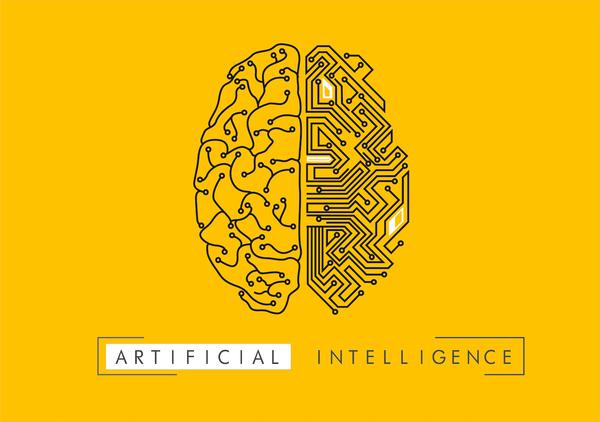With the ability to revolutionize everything from self-driving cars to robotic surgeons, artificial intelligence is on the cutting edge of tech innovation. Two of the most widely recognized AI services are Microsoft’s Azure Machine Learning and IBM’s Watson. Both boast impressive functionality, but which one should you choose for your business?
SEE: Artificial Intelligence Ethics Policy (TechRepublic Premium)
Jump to:
What is Azure Machine Learning?
Azure Machine Learning is a cloud-based service that allows data scientists or developers to train, build and deploy ML models. It has a rich set of tools that makes it easy to create predictive analytics solutions. This service can be used to build predictive models using a variety of ML algorithms, including regression, classification and clustering.

What is IBM Watson?
IBM Watson Studio is a platform created for software developers and data scientists to create, run, manage and scale machine learning capabilities that can be embedded into applications. It offers the resources needed to develop cognitive services from business ideas and hypotheses through the development, deployment, management and scaling of machine learning models.
Feature comparison: Azure Machine Learning vs. IBM Watson
| Feature | Azure Machine Learning | IBM Watson |
|---|---|---|
| Data labeling | Yes | Yes |
| MLOps pipeline support | Yes | Yes |
| Chatbot toolset | Yes | Yes |
| Sentiment analysis | Yes | Yes |
| Personality analysis | No | Yes |
| Built-in algorithm | Yes | No |
Head-to-head comparison: Azure Machine Learning vs. IBM Watson
Model training and development
Azure ML offers more features for data preparation, transformation, normalization and model training than Watson. It also comes with many built-in algorithms, such as artificial neural network, decision tree algorithm and Naive Bayes, that can be used to train a better model in less time than IBM Watson. In terms of platform capabilities and performance, it is much easier to create high-performing models on the Azure ML platform when compared to the IBM Watson platform because of its built-in algorithms.
Even though both products offer a similar set of tools, Azure ML is still suitable for developers looking forward to creating complex predictive models using complicated toolsets like Python and Jupyter notebook, where they can collaborate online even if they don’t have an expensive development environment. On the other hand, IBM Watson provides solutions that help developers with fewer skills use cognitive services such as natural language processing.
Drag-and-drop designer
If you want to get into machine learning without the pain of programming, Azure’s drag-and-drop interface makes it easy. If you need to generate some advanced models — say, one that uses a combination of neural networks and reinforcement learning — IBM might be a better fit since it offers more flexibility in terms of model parameters.
That said, if you’re already comfortable with coding in Python or R (or are willing to learn), then both platforms offer essentially identical functionality when it comes to implementing your trained models. The key difference between them lies in how they approach different types of training; because Azure focuses on building easily trainable models using drag-and-drop tools rather than custom scripts.
In contrast, IBM is designed for organizations looking to train their customized algorithms using deep learning frameworks like TensorFlow and PyTorch. So if you prefer dragging boxes around rather than writing code, Azure will likely be your best bet for ease of use.
Natural language processing
Cognitive services offer an extensive suite of APIs that take advantage of natural language processing techniques and applications. They leverage machine learning models to make sense of content such as text, speech, images and videos.
The IBM Watson Studio has better natural language processing tools that make it easier for business users to get value out of data. It also has a better data analysis tool, which helps work with large data sets and discover insights in that data. The IBM Watson tools for visual recognition are fantastic too: These tools allow you to run image recognition analysis on your visual assets.
Azure does have some excellent cognitive services available for developers to use. For example, their Computer Vision API can be used to classify objects within an image or video stream — useful if you’re trying to build an app that detects what’s happening in a photo or video feed. However, if your employees are not data scientists and need to interact with advanced NLP technology, IBM Watson is the best option.
Choosing between Azure ML vs IBM Watson
Both products are cloud-based solutions that offer powerful capabilities to any business looking to leverage their data for actionable insights.
If you’re a data scientist comfortable with Python, Azure ML Studio may be your best bet. The ease of use and ability to quickly get models up and running make it ideal for data scientists. If you need more flexibility around deep learning, in-memory analytics or near real-time data analysis, check out IBM Watson Studio.
Data, Analytics and AI Newsletter
Learn the latest news and best practices about data science, big data analytics, and artificial intelligence.
Delivered Mondays



